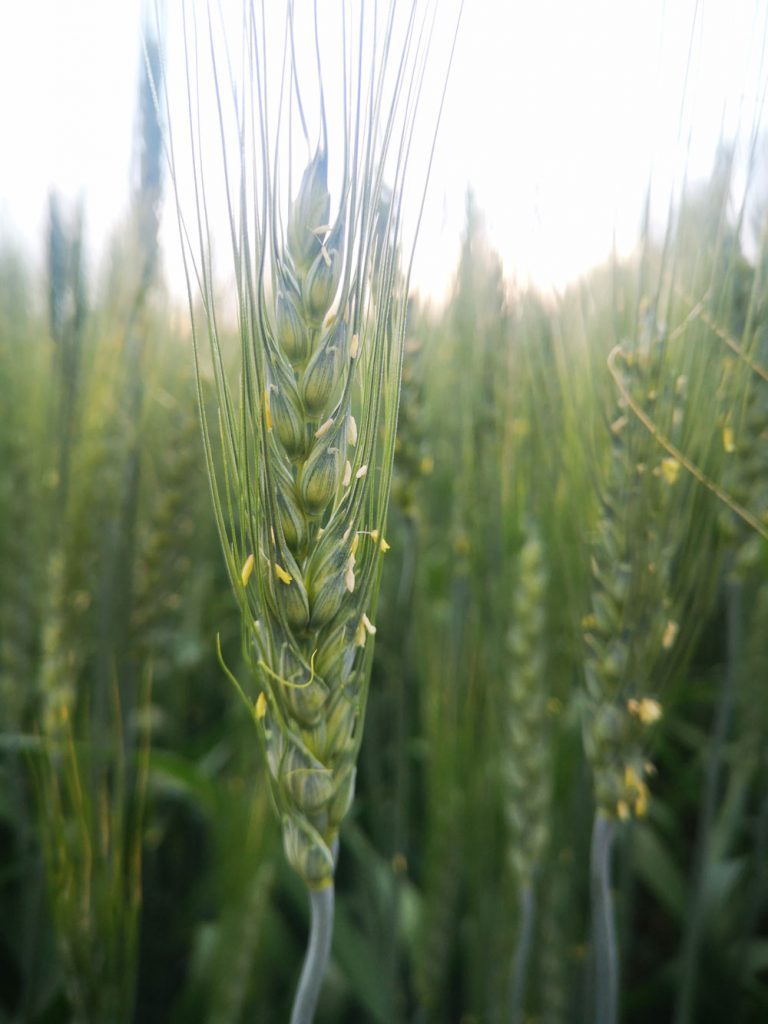Peoples Choice 2021 (tied)

| Submitted by: | Habba Mahal |
| Department: | Biological Sciences |
| Faculty: | Science |
Plants encompass every aspect of humanity; from maize to cassava, rice to canola, we have cultivated crops for 23,000 years. Yet, despite how vast our understanding of plants is, there exist misconceptions that they are inactive, insensitive, and incapable of perceiving and responding to environments.
Though sessile, the wheat stalk shown here is actively making decisions above- and belowground as to where to place its biomass to optimize nutrient, light, and water intake while balancing its upkeep of reproductive and defence mechanisms. This is where my research comes in. In my experiment, I placed nutrients between wheat plants to determine their placement of shoots and roots when facing difficult decisions regarding family, competition, and resources. Will they selflessly grow away from nutrients to allow kin to take them, or are familial connections disregarded when facing a large reward?
Increasingly we see plants, like humans, make decisions that will benefit themselves and their offspring, even at the cost of other family. Thus, though we differ greatly from plants, enough similarities in our motives begs the question ‘are we really that different from a stalk of wheat?’.
